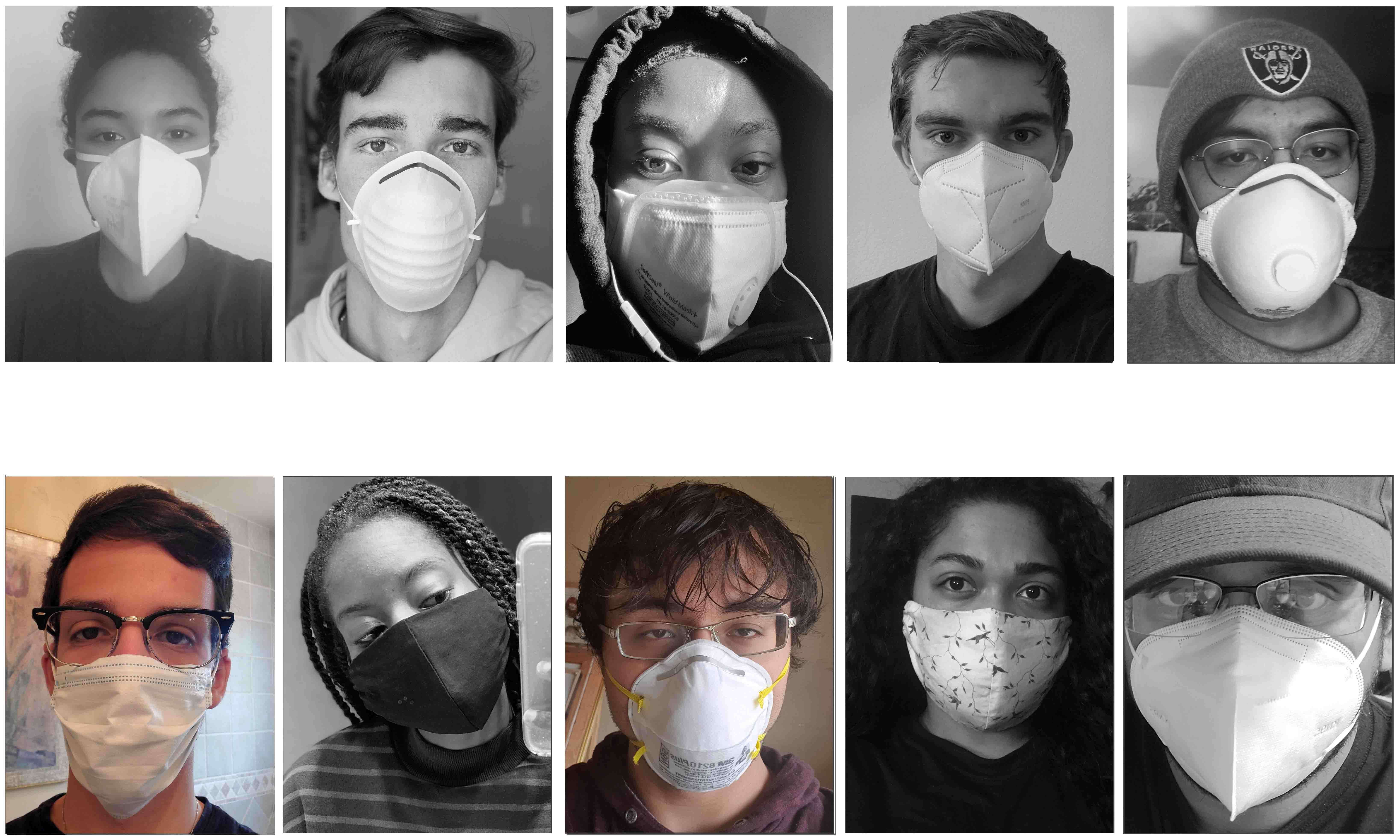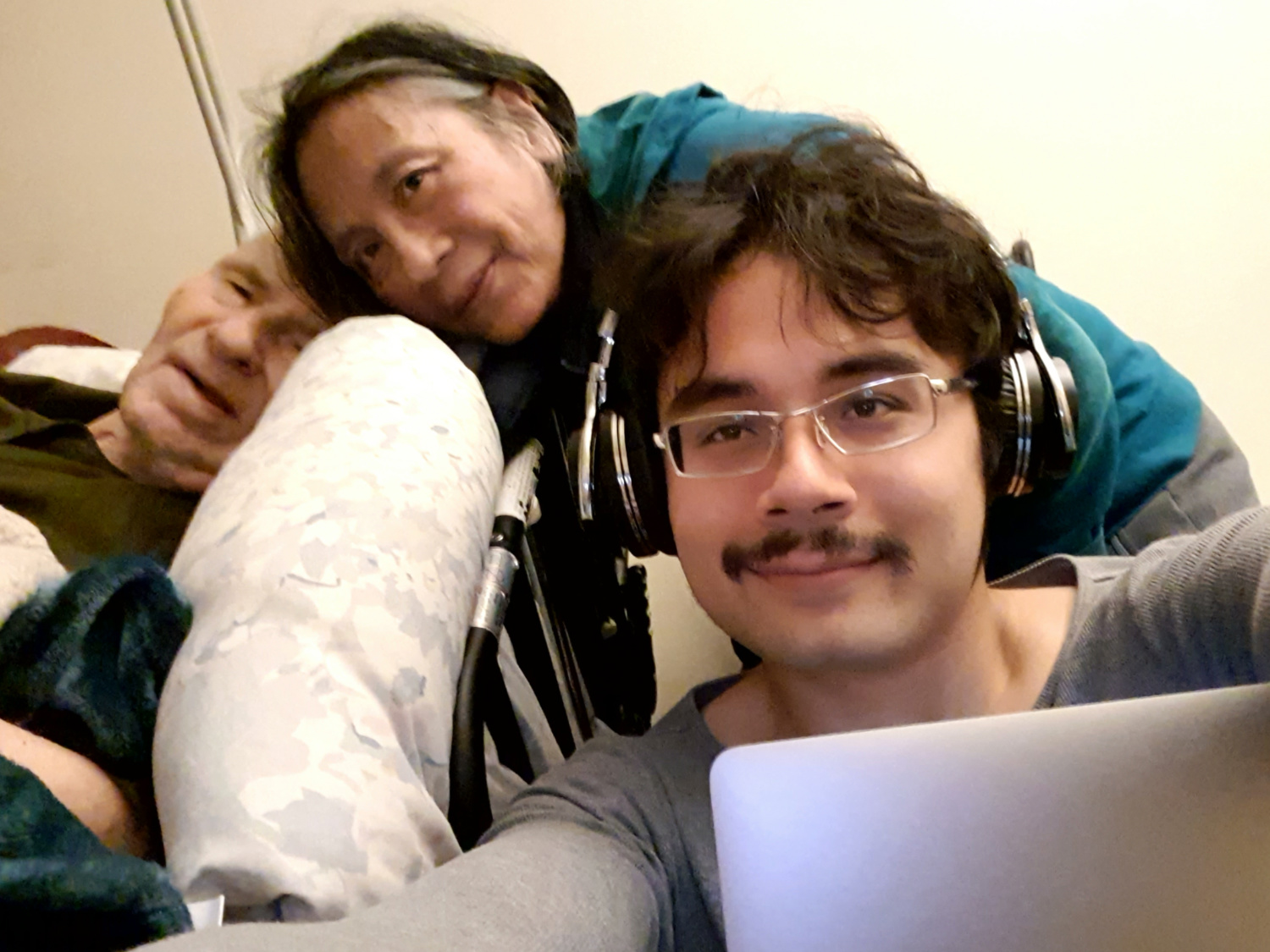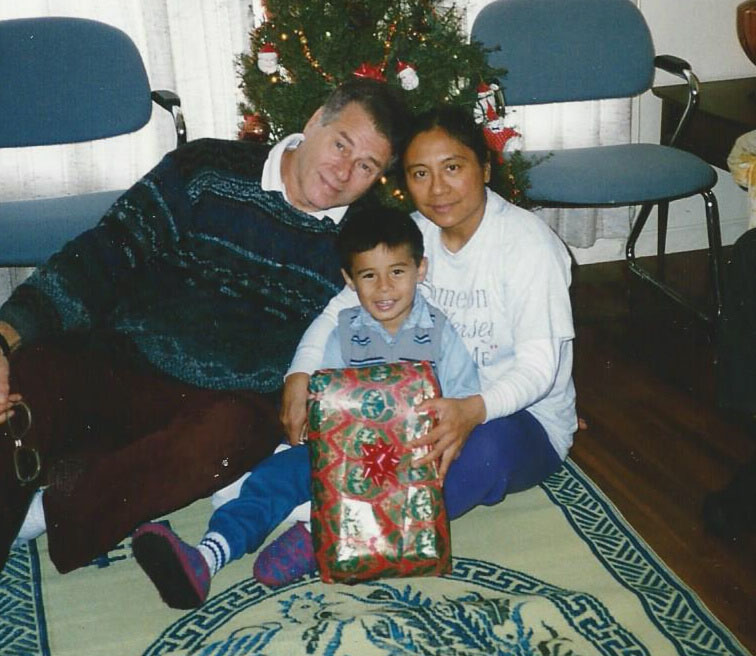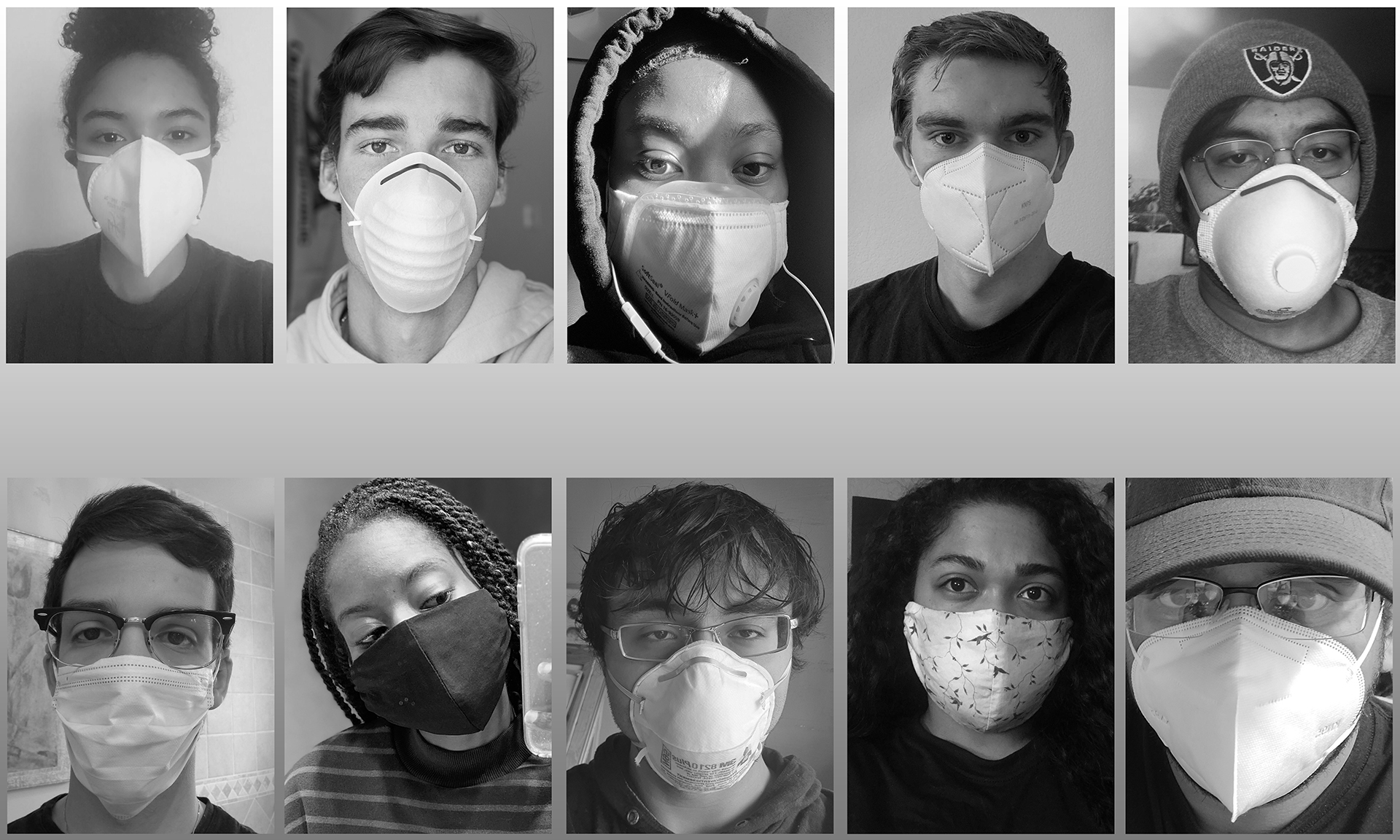
Healthcare in the Household

David Mamaril Horowitz: Caregiving during COVID
My mother and I take care of my father. On one hand, we’re lucky: Family members of residents who live in skilled nursing facilities across the nation are mostly restricted from seeing their loved ones during the pandemic. The cancellation of in-person classes has also given me more flexibility as a caregiver. While restricting, the pandemic didn't affect our household all too uniquely. Caregiving was debilitating before this began. At the same time, being required to stay home — spending more time caregiving as a result — is debilitating our bodies quicker than before.
No Chance to Recover
My mother and I lift and assist my father two to three times a day to transfer him from one place to another. When he forgets how to stand while I'm holding him up, it's almost entirely up to my left arm to prevent him from falling. At 26, I've developed arthritis in my wrists and passive pain in my arms and back. My mom, 67, has arthritis and bone spurs. She and I massage each other on occasion to get through the times.

Daniel Da Silveira: Quarantine with a frontline worker
I talk about what it’s like living under California’s shelter-in-place order alongside my mother, a frontline worker at Kaiser Permanente. Adjusting to the new lifestyle has been challenging.
Healthcare workers vs COVID
Healthcare workers, widely called frontline workers, were seeing the rates of confirmed infections of the novel coronavirus increase at a slightly higher rate than that of the general population across California in April. A report from the Center of Infectious Disease Research and Policy tells us that healthcare workers make up 3% to 11% of cases of infection by the novel coronavirus.
Learn More »Lucy Da Silveira takes a short rest after her long shift at Kaiser Permanente. (Picture by Daniel Da Silveira)


